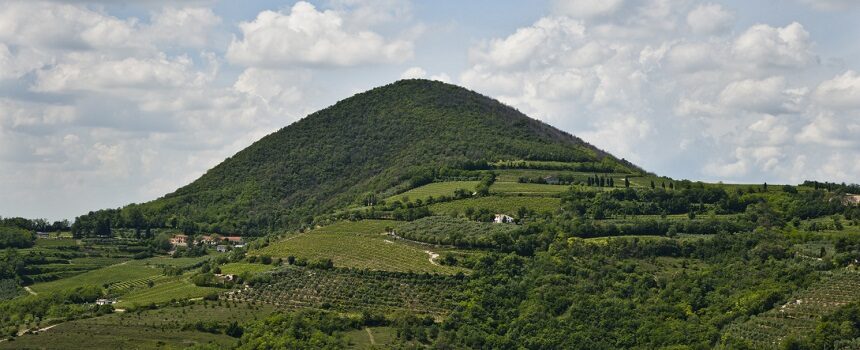Unipd study to safeguard farmland from climate change effects

The research “Future climate-zone shifts are threatening steep-slope agriculture” (Wendi Wang, Anton Pijl and Paolo Tarolli) has been published in <<Nature Food>> . The study coordinated by Paolo Tarolli, professor at the Department of Land and Agro-forestry Systems at the University of Padua, shows what impact of the climate change will have onsteep-slope agricultural areas by the end of the century.
The analysis, carried out using open-access satellite and spatial data that allow high replicability, is based on the projection of the current climate zones at the end of the century according to a scenario of emissions growth in line with current rates and without the adoption of mitigation measures. The distribution of hilly and mountainous agricultural landscapes in current climate zones (tropical, arid, temperate, cold, polar) and in future climate projections were analysed in detail.
“Our analysis,” explains Paolo Tarolli, “shows that steeply sloping agricultural areas are significantly more threatened by climate change than the average global agricultural area, in particular there will be an expansion of arid climate zones, hence water scarce conditions.
Agricultural systems in steeply sloping areas, mainly concentrated in Mexico, Italy, Ethiopia and China, are located mainly in temperate (46%) and cold (28%) climatic zones, and to a lesser extent in tropical (17%) and arid (9%) regions.
Climate change, which will cause a shift in the extent of global climate zones, poses a serious threat to agriculture and rural systems, particularly those in mountainous and hilly areas, which have a high intrinsic value from a historical and cultural as well as agronomic point of view.
“In 80 years’ time, according to our study projections, the shareof hill and mountain farmlandintropical areas will rise to 27% and that of drylands to 16%, essentially doubling from the current situation. On the other hand, in cold regionsthere will bea reduction in the proportion of hill and mountain farmland from the current 28% to 13%, while in temperate regions it will go from 46% to 44%,” Paolo Tarolli stressed. In just three generations, therefore, larger agricultural areas will be affected by a warmer climate, which will lead to a decrease in the availability of water for irrigation and food production. Our research shows that steeply sloping agricultural areas, often characterised by a high degree of specialisation in water management stemming from ancient traditional knowledge, will be the most threatened by climate change, especially drought. Because of the urgent need to ensure sustainable food production for all, we believe that governments and institutions need to invest more in identifying and mitigating the effects of climate change in agriculture”.
